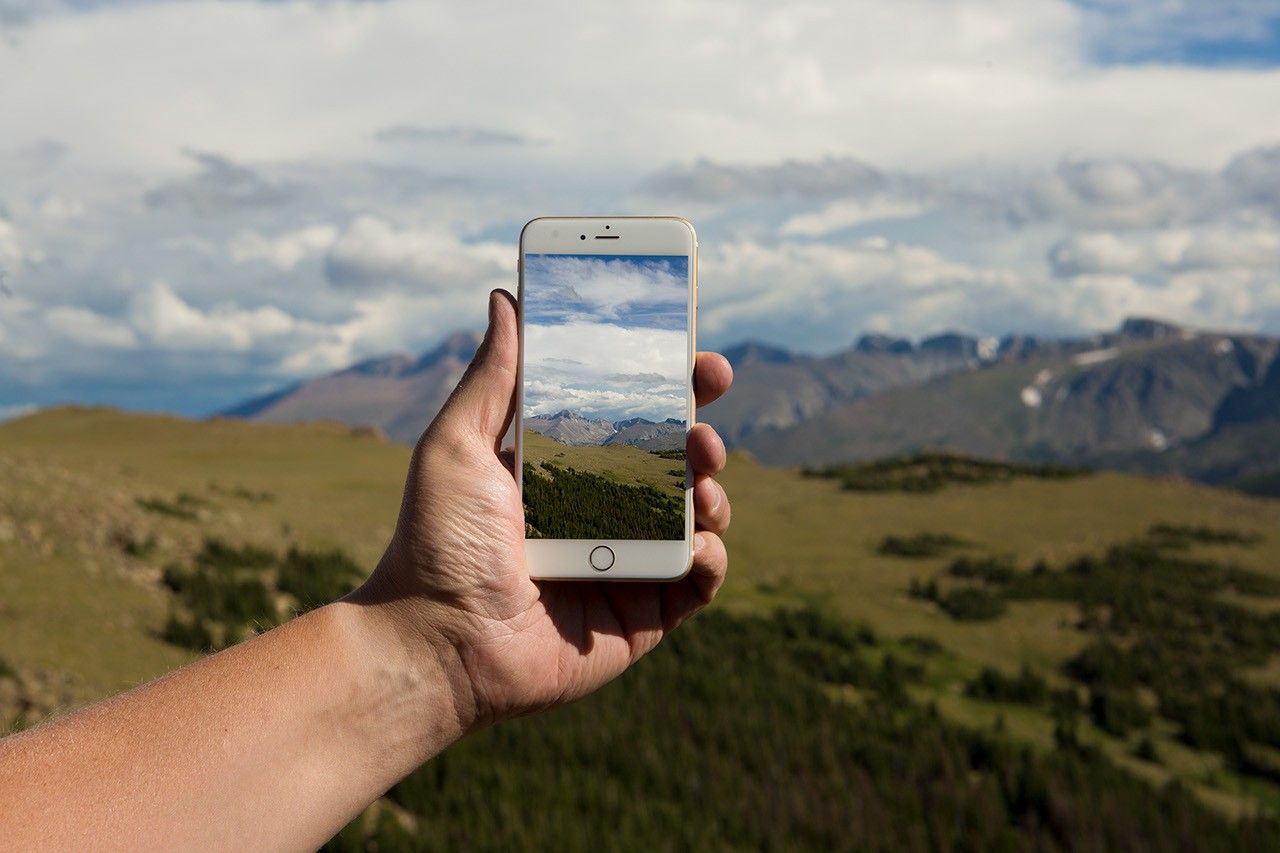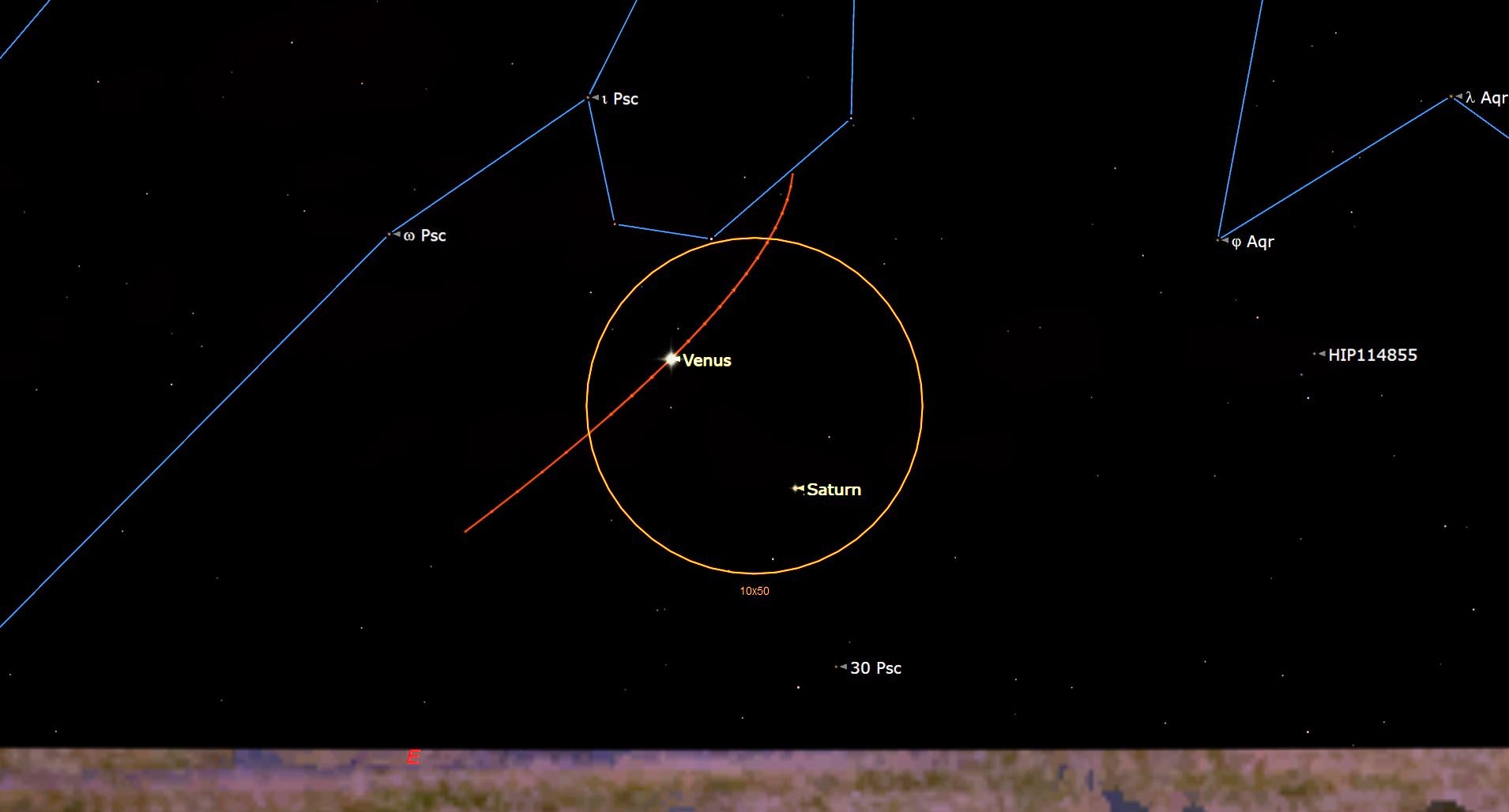X-ray: NASA/CXC/Northwestern Univ./F. Yusef-Zadeh et al; Radio: NRF/SARAO/MeerKat; Image Processing: NASA/CXC/SAO/N. Wolk Astronomers have discovered a likely explanation for a fracture in a huge cosmic “bone” in the Milky Way galaxy, using NASA’s Chandra X-ray Observatory and radio telescopes. The bone appears to have been struck by a fast-moving, rapidly spinning neutron star, or pulsar. Neutron stars are the densest known stars and form from the collapse and explosion of massive stars. They often receive a powerful kick from these explosions, sending them away from the explosion’s location at high speeds. Enormous structures resembling bones or…
Read MoreTag: The Universe
What can ripples in spacetime reveal about black holes? Quite a bit, it turns out
Cosmic echoes from some of the universe’s most violent collisions are far more nuanced than scientists had realized, according to new research. Like the lingering chime of a struck bell, tiny ripples in the fabric of spacetime are created when massive objects like black holes spiral toward each other and merge into a single, larger black hole. These ripples are known as “gravitational waves,” and astronomers rely on theoretical models to decode the waves’ faint signals, both in the final moments leading up to the merger and in the aftermath.…
Read MoreHow to Contribute to Citizen Science with NASA
8 Min Read How to Contribute to Citizen Science with NASA A number of NASA projects use mobile phone apps to put satellite data into the palm of your hand, and allow intrepid citizen scientists to upload data. Credits: NASA A cell phone, a computer—and your curiosity—is all you need to become a NASA citizen scientist and contribute to projects about Earth, the solar system, and beyond. Science is built from small grains of sand, and you can contribute yours from any corner of the world. All you need is…
Read MoreHow Are We Made of Star Stuff? We Asked a NASA Expert: Episode 58
2 min read Preparations for Next Moonwalk Simulations Underway (and Underwater) How are we made of star stuff? Well, the important thing to understand about this question is that it’s not an analogy, it’s literally true. The elements in our bodies, the elements that make up our bones, the trees we see outside, the other planets in the solar system, other stars in the galaxy. These were all part of stars that existed well before our Sun and Earth and solar system were even formed. The universe existed for billions…
Read MoreTrump administration cancels lease for NASA’s Goddard Institute for Space Studies lab in New York City
It would appear that the latest wave of U.S. federal program cuts fueled by the Trump administration has affected NASA’s Goddard Institute for Space Studies (GISS) lab in New York City, a branch of the agency dedicated to studying climate change and other Earth sciences. On Friday (April 25), news outlets such as CNN and SpaceNews reported that GISS’s lease on office space in a Columbia University building in Manhattan’s Upper West Side is set to be canceled. According to SpaceNews, an April 24 email sent to Goddard employees and…
Read MoreNew moon of April 2025 sees Venus and Saturn join up in the sky this weekend
The new moon occurs April 27, and a day later Venus and Saturn will make a close approach to each other (known as a conjunction) in the predawn sky. To make a new moon, you need to line up the sun, moon and Earth. From the earthbound observer’s viewpoint, the sun and moon are at the same celestial longitude, a projection of the Earth’s longitude lines on the sky. Most often the moon passes above or below the sun but at times it passes directly between the sun and Earth,…
Read MoreNew York Stock Exchange Welcomes NASA’s SPHEREx Team
The New York Stock Exchange welcomed team members from NASA’s SPHEREx (Spectro-Photometer for the History of the Universe, Epoch of Reionization and Ices Explorer) mission to celebrate the launch of the agency’s newest astrophysics observatory to understand the origins and structure of the universe. Image courtesy of NYSE Group Members of NASA’s recently launched SPHEREx (Spectro-Photometer for the History of the Universe, Epoch of Reionization and Ices Explorer) mission team participated in the New York Stock Exchange’s closing bell ceremony in New York City on April 22. Michael Thelen, SPHEREx…
Read MoreAstronomers discover dark matter ‘bridge’ linking colliding galaxies: ‘This is the missing piece we’ve been looking for.’
Astronomers have discovered a long-missing element of a galactic collision involving the Perseus galaxy cluster, located 240 million light-years from Earth. This element, a newly detected “subcluster,” is 1.4 million light-years to the west of NGC 1275, the central galaxy of the Perseus cluster. These two elements seem to be connected by a faint “bridge” of material. The structural backbone of this bridge is dark matter, the universe’s most mysterious “stuff.” Dark matter remains effectively invisible by not interacting with light, but its interaction with gravity has helped to shape…
Read MoreOur galactic neighbor Andromeda has a bunch of satellite galaxies — and they’re weirdly pointing at us
Our neighboring Andromeda Galaxy (Messier 31, or M31) appears to sport a lopsided arrangement of satellite galaxies that defy scientific models, stumping astronomers who are also trying to figure out why so many of this galaxy’s family members point in our direction. All but one of M31’s brightest 37 satellites are on the side of the Andromeda spiral that faces our Milky Way galaxy – the odd one out being Messier 110, which is easily visible in amateur images of the Andromeda Galaxy. “M31 is the only system that we…
Read MoreUltralight dark matter may have helped monstrous black holes form in the early universe
Dark matter may have contributed to the formation of giant black holes in the early universe, researchers propose in a new paper. More observations, especially with the James Webb Space Telescope, are revealing truly gigantic black holes that appeared in the relatively young universe. Just a few hundred million years after the Big Bang, it would appear our cosmos was already home to black holes billions of times more massive than the sun. The only known way to create black holes is through the deaths of massive stars, but that…
Read More








